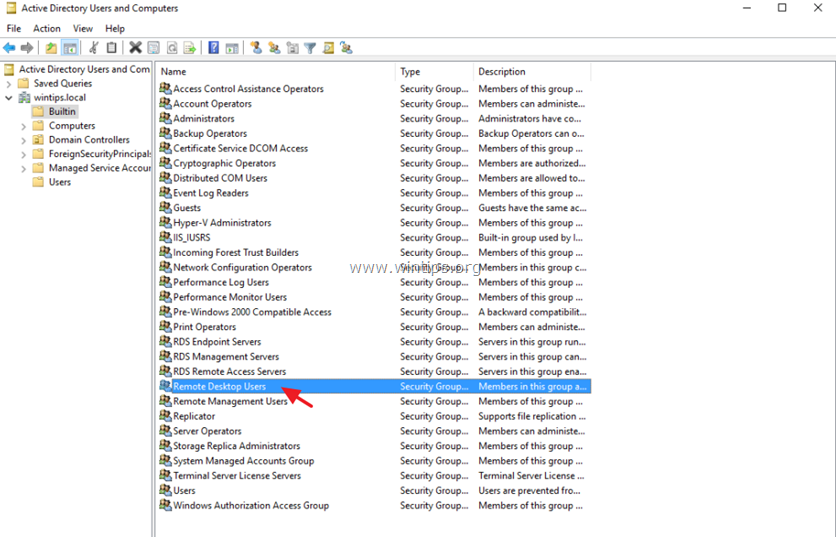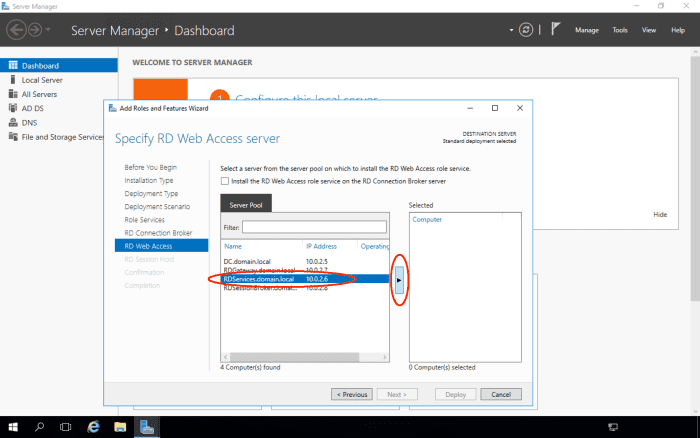

- How to add remote desktop users windows server 2016 install#
- How to add remote desktop users windows server 2016 windows 10#

Microsoft first used the term “Windows Server” with Windows Server 2003. You also need to pay Client Access Licenses (CALs) for users accessing a Windows Server machine. This is not surprising, considering that Windows Server is oriented towards enterprise use. Windows Server has a different pricing model than Windows-it is generally more expensive. This limits potential attack vectors into the OS, allowing it to be more secure than a traditional Windows workstation. While Windows Server does have power features such as the PowerShell, applications are required to meet its strict security settings before they are allowed to be installed on the server OS. In addition, Windows Server does not possess many of the features that make Windows user-friendly, such as Cortana and Microsoft Edge.
How to add remote desktop users windows server 2016 windows 10#
For example, Windows Server 2019 can handle as much as 24 TB of RAM and allows usage of up to 64 CPU sockets, much more than the 2 TB of RAM and two CPU sockets allowed in Windows 10 Pro.

Windows Server also does not possess the hardware limitations inherent in Windows.
How to add remote desktop users windows server 2016 install#
You can install several built-in server roles in Windows Server, including Dynamic Host Configuration Protocol (DHCP), Active Directory, Print Services, File and Storage, and Windows Update Services. However, Windows Server is different in a few important aspects.įor one, Windows Server features enterprise management capabilities. This is why they look almost the same and perform many of the same functions. Earlier Windows versions still account for almost one-quarter of the total Windows market share.īoth Windows and Windows Server are built on the same codebase. It is the world’s most popular OS, with more than 30% market share as of November 2020. Windows 10 is the latest consumer operating system from Microsoft. Though Windows Server is much more capable than Windows, ordinary desktop users normally do not need a full-blown server OS. Windows is a consumer OS geared for home and business users, while Windows Server is built to handle enterprise needs via a comprehensive suite of server applications.

There are numerous differences between Windows and Windows Server. Differences Between Windows and Windows Server Windows Server 2016 is the previous version of Windows Server, released in late 2016. Microsoft Support for this server OS will last until January 2024, with extended support lasting another five years after. Released in late 2018, Windows Server 2019 features various innovations in application platform and security, and improved support for hybrid cloud and hyper-converged infrastructures. Windows Server 2019 is the latest version of the Windows Server OS.


 0 kommentar(er)
0 kommentar(er)
